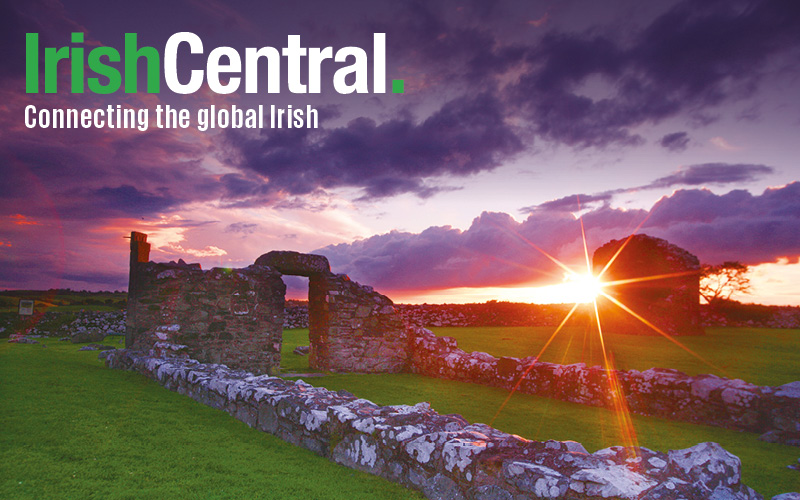Documentary film ‘Famine and Shipwreck: An Irish Odyssey’ tells the gripping story of a group of Irish emigrants’ flight from the famine, their fight to survive shipwreck, and to start a new life in Canada.
In the spring of 1849, the ship ‘Hannah’ struck an ice reef near Cape Ray off the coast of Newfoundland. On board was the 23 year old English captain and 180 Irish emigrants escaping the Great Hunger. The Hannah was one of many coffin ships, so called because many Irish died on board before they reached their destination in Canada or America.
The captain took off in the ship’s only lifeboat and the Irish fought for survival in the freezing waters. Seventeen hours later, the Nicaragua, another ship carrying Famine emigrants, rescued the Hannah’s survivors that had not sucumbed to drowning or freezing.
‘An Irish Odyssey’ brings this story to life on screen through the use of drama with visual effects and utilizes historians’ testimonies and a wide array of archived letters, photographs, newspaper articles, and art.
The documentary shows descendents of Hannah’s passengers in both Ireland and Canada. Viewers follow Canadians Tom Murphy and his mother Jane as they trace their genealogy back to passengers Bridget and John Murphy, who survived the Famine and shipwreck to build a new life in Canada.
Tom Murphy and his mother travel to Ireland where they meet their fourth generation cousins, Sharon Donnelly and her husband, Padraig. They tell of the Murphys experience during the Famine and sail to the place where the Hannah sank.
Survivor descendents, Sylvie and Isabelle Gauthier from Quebec, travel to Ireland to retrace their ancestors’ steps to Canada. They stop at the Grosse Ile quarantine station, where Gauthiers’ grandparents were stopped on board the Erin’s Queen. Today, the station is the largest mass grave outside of Ireland. In 1847, called Black ‘47 because it was the harshest year of the Famine, more than 5,000 were buried more than three deep in mass graves.
Between 1845 and 1850, a potato blight struck Europe, and Ireland was hit especially hard. Many Irish tenants were over dependent on the potato because it provided high yields from their small plots. Based on Ireland’s earlier famines, people did not think the Great Hunger would last so long. Nineteenth century attitudes about charity relief were very different from today’s kinder perspective. They believed people did not have an automatic right to relief. Harsh, Dickens-esque workhouses had been built earlier in Ireland under the Poor Law and many Irish labored there during the Famine. In Ireland about one million are buried in mass graves. Another million left on board coffin ships for Canada or the United States.
An Irish Odyssey was filmed in Ireland, Quebec, Ontario and off the coast of Prince Edward Island in 2010. It was broadcast on CBC on March 17, 2011. The documentary was made possible in part due to great effort by Paddy Murphy, who traced his roots back to South Armagh, Ireland. An Irish Odyssey is a Galafilm production that was produced in part with the Canadian Broadcasting Corporation and Radio-Canada, with the financial participation of the Canada Media Fund, the Quebec tax credit, and the Federal tax credit. It was developed by the Societe des Developpement des entreprises culturelles (SODEC). An Irish Odyssey is 43 minutes long and told in English.
Watch a clip of the video here:




Comments